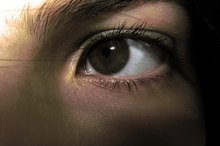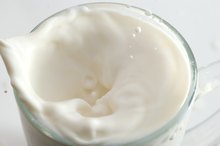What does fact checked mean?
At Healthfully, we strive to deliver objective content that is accurate and up-to-date. Our team periodically reviews articles in order to ensure content quality. The sources cited below consist of evidence from peer-reviewed journals, prominent medical organizations, academic associations, and government data.
- Asia Pacific Allergy: Allergic Aspergillus Sinusitis and Its Association With Allergic Bronchopulmonary Aspergillosis
- Asia Pacific Allergy: Allergic Aspergillus Sinusitis and Its Association With Allergic Bronchopulmonary Aspergillosis
- MedlinePlus: Allergic Reactions
The information contained on this site is for informational purposes only, and should not be used as a substitute for the advice of a professional health care provider. Please check with the appropriate physician regarding health questions and concerns. Although we strive to deliver accurate and up-to-date information, no guarantee to that effect is made.
Torula Yeast Allergy
Torula yeast is sometimes produced as a byproduct of paper production since it can grow on wood. It's used to enhance the flavor of processed foods, including crackers, salad dressing, snack foods, seasoning blends, processed meats, soups, rice and pasta dishes and sauces. It can cause adverse effects in people who are sensitive or allergic to it, but it's generally regarded as safe. Not all adverse effects are due to allergic reactions, but if you think you're having an allergic response, seek emergency medical attention 3.
If you are experiencing serious medical symptoms, seek emergency treatment immediately.
Potential Adverse Effects
People who experience adverse reactions to MSG due to an intolerance may have similar reactions if they consume torula yeast. These can include:
- headache
- sweating
- flushing
- nausea
- chest pain
- rapid heartbeat
- shortness of breath
Symptoms of a true allergic reaction include
- hives
- rashes
- red eyes
- nasal congestion
- cough
- difficulty breathing or swallowing
- dizziness
- swelling of the face or tongue
People can also develop a condition called allergic fungal sinusitis due to torula, according to an article published in Asia Pacific Allergy in October 2011. Symptoms of this condition include runny nose, sneezing and blockage of the nose.
Related Articles
References
Writer Bio
Based in Massachusetts, Jessica Bruso has been writing since 2008. She holds a master of science degree in food policy and applied nutrition and a bachelor of arts degree in international relations, both from Tufts University.








